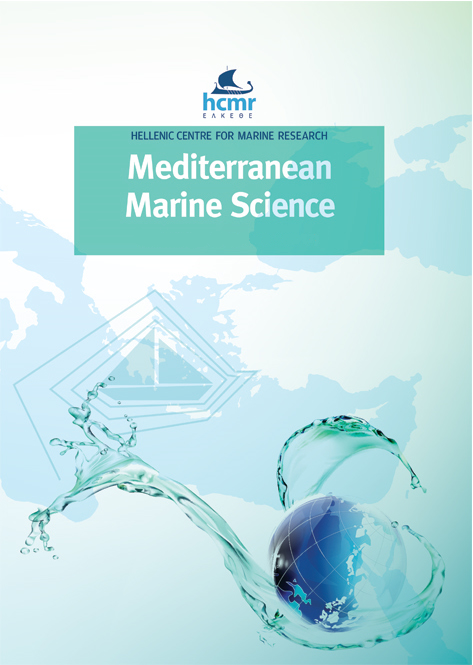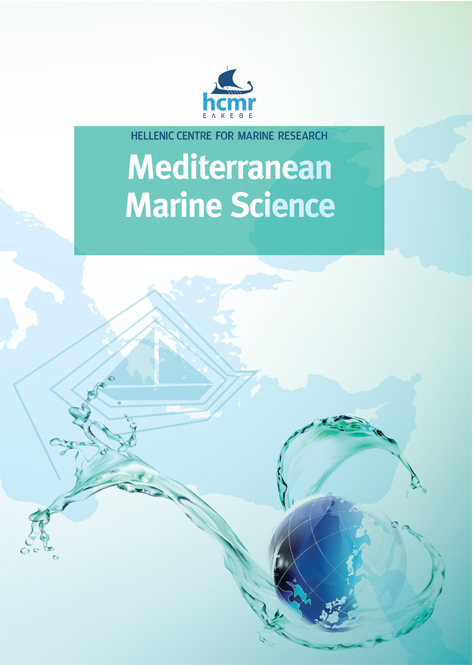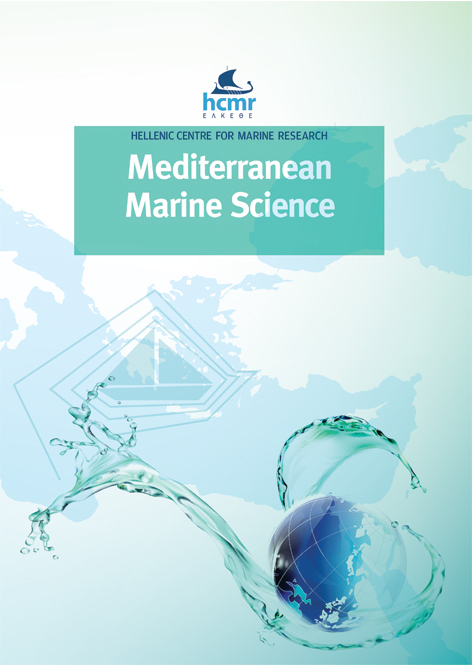Infralittoral coralligenous reefs: a modified ESCA index for the ecological quality assessment
Аннотация
Coralligenous reefs characterize the circalittoral zone of the Mediterranean Sea, but, in many areas, they are also distributed within the infralittoral zone. Despite their wide distribution, the infralittoral coralligenous reefs are less considered in monitoring programs and no specific methods have yet been developed for their assessment. This study aims at testing a modified ESCA index (I-ESCA) on the infralittoral coralligenous reefs in order to propose a new tool suitable to evaluate the ecological quality of this habitat. Thirteen sites were sampled in the western Mediterranean Sea and the relationship between I-ESCA and the Anthropization Index was tested with a regression model in order to evaluate the response of the index to human pressures. Infralittoral coralligenous assemblages were dominated by macroalgae, while the bryozoan Myriapora truncata and the cnidarian Parazoanthus axinellae were the most widespread animals. The I-ESCA index allowed to highlight the level of human pressures of the sites similarly to ESCA. Thus, results of this study suggested the possibility of applying the index also to the infralittoral habitat using an adequate calibration of the original method on the new spatial scale and reference conditions.
Article Details
- Как цитировать
-
PIAZZI, L., CINTI, M. F., & GENNARO, P. (2025). Infralittoral coralligenous reefs: a modified ESCA index for the ecological quality assessment. Mediterranean Marine Science, 26(3), 705–713. https://doi.org/10.12681/mms.40465
- Раздел
- Research Article
Authors who publish with this journal agree to the following terms:
- Authors retain copyright and grant the journal right of first publication with the work simultaneously licensed under a Creative Commons Attribution Non-Commercial License that allows others to share the work with an acknowledgement of the work's authorship and initial publication in this journal.
- Authors are able to enter into separate, additional contractual arrangements for the non-exclusive distribution of the journal's published version of the work (e.g. post it to an institutional repository or publish it in a book), with an acknowledgement of its initial publication in this journal.
- Authors are permitted and encouraged to post their work online (preferably in institutional repositories or on their website) prior to and during the submission process, as it can lead to productive exchanges, as well as earlier and greater citation of published work (See The Effect of Open Access).







